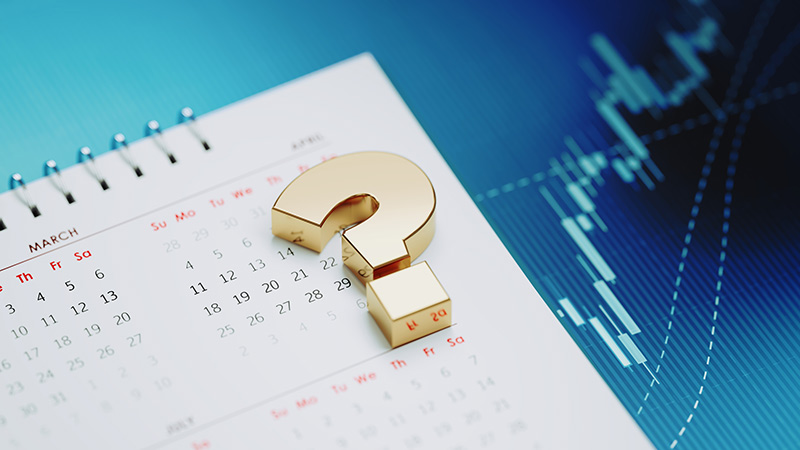
This content is for information and inspiration purposes only. It should not be taken as financial or investment advice. To receive personalised, regulated financial advice please consult us here at Elmfield Financial Planning in Padiham, Burnley, Lancashire.
Individual Savings Accounts (ISAs) come in many forms and different benefits. How can you use these best to your advantage – maximising your returns and tax-savings? In this article, our financial planning team at Elmfield here in Padiham, Burnley, Lancashire offers this round-up of answers to commonly-asked questions about ISAs in 2021-22. We hope this is helpful to you. If you’d like to speak to an independent financial adviser then you can reach us via:
T: 01282 772938
How does the annual ISA allowance work?
Each tax year (April to April), a UK tax resident can put up to £20,000 into his/her ISA. You can put the full £20,000 into one ISA (e.g. a cash ISA), or spread it out across multiple accounts.
For instance, you could put £10,000 into your stocks and shares ISA, £5,000 in a cash ISA, £2,500 into a lifetime ISA (LISA) and the remaining £2,500 into an innovative finance ISA.
Depending on the ISAs, you can move capital in and out of certain accounts without it affecting your annual allowance. For instance, you could take £20,000 out of one cash ISA and put this into another ISA whilst keeping within your annual limit.
Do ISAs offer the best interest rates?
Not necessarily. In fact, many regular savings accounts on the market can beat cash ISAs on this front. However, Junior ISAs often present attractive rates for savers under age 18. If you want to build up a large cash buffer, therefore, make sure you look at a wide range of options.
Be mindful that using up your £20,000 yearly ISA allowance on cash may incur an “opportunity cost”, without careful planning. Remember, any investments you hold within an ISA will be free of capital gains tax and dividend tax – thus increasing your “real returns” (which are typically higher than the interest offered by cash savings accounts).
As such, it often makes sense to commit a larger portion of your £20,000 yearly ISA allowance to non-cash ISA investments and keep cash in a regular account, protected by the Financial Services Compensation Scheme (FSCS).
Do ISAs beat pensions?
Here, the answer mainly depends on your financial goals and situation. However, there are some key aspects of ISAs and pensions to consider when deciding how to allocate capital.
In 2021-22, defined contribution pensions (i.e. pension pots) can be passed down to loved ones without inheritance tax (IHT) when the owner dies. However, ISAs are not exempt.
Funds in an ISA, however, can be accessed at any time (excepting the lifetime ISA and fixed-rate accounts). Pension funds can be withdrawn at age 55, at the earliest, and this limit is expected to rise to 57 in the future.
Pension contributions receive a “boost” from the UK government via tax relief, whilst ISAs do not. Here, the government will put the tax you would have paid on your contribution into your pension instead. As such, a Basic Rate taxpayer gets a 20% “boost” whilst someone on the Higher Rate gets a 40% “boost”.
The Lifetime ISA (LISA), however, does offer a unique benefit in that it offers a 25% “boost” to any contributions. You can put up to £4,000 into a LISA each tax year, and the government will add a maximum £1,000 boost each year. This can be particularly helpful for first-time buyers.
How can I save on tax with an ISA?
As mentioned, you can save on capital gains tax (CGT) and dividend tax by holding shares inside an ISA. However, there are ways to use ISAs further to your advantage.
First of all, you can use your ISA strategically with your yearly non-ISA tax allowances to save on tax. For instance, each tax year you can generate up to £12,300 in capital gains – outside of an ISA – without these getting taxed. You can also receive £2,000 in dividends without tax. As such, you could arrange your assets to minimise an unnecessary tax bill.
For instance, you could build up a share portfolio within your ISA each tax year, whilst building up other assets – which cannot be held in an ISA – outside of it, such as EIS shares (Enterprise Investment Scheme) and Buy to Let property.
Another idea is to build up “growth shares” in an ISA, since these will not be sold for a long time. Dividend-generating shares, however, could be built up outside of an ISA until you near your £2,000 annual tax-free limit.
For those looking to save on IHT, you could speak to your financial adviser about holding more shares in your ISA which are listed on the Alternative Investment Market (AIM). Many of these qualify for Business Relief, which can offer 50% or 100% IHT relief upon death. However, AIM shares are typically “riskier” than publicly-traded ones, such as those listed on the London Stock Exchange. Seek professional advice if you are considering this option.
Invitation
If you are interested in starting a conversation about your own financial plan or investments, then we’d love to hear from you. Please contact us to arrange a free, no-commitment consultation with a member of our team here at Elmfield Financial Planning in Padiham, Burnley, Lancashire.
Reach us via:
T: 01282 772938

